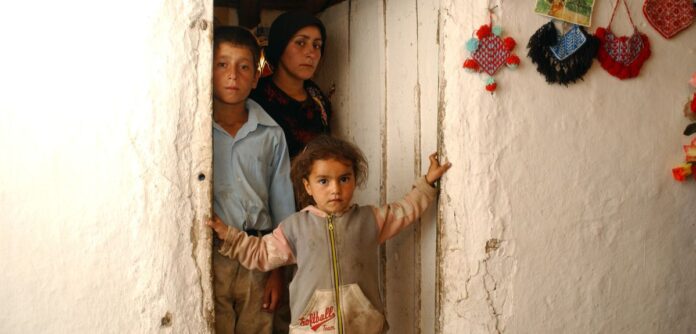One in six of the world’s poor (215 million) live in households where no female has completed six years of school, but at least one male has, according to new figures on global poverty released today, by the United Nations Development Programme and the Oxford Poverty and Human Development Initiative. Adding households where no one is educated brings this number up to 836 million, or two-thirds of poor people.
In addition, the report reveals, disparities in poverty among ethnic groups are consistently high, even exceeding disparities across other group characteristics, such as location.
Today’s report analyses multidimensional poverty in developing countries, which takes account of numerous indicators, including schooling, access to utilities and health affects more than 1.3 billion-worldwide.
It finds poverty disparities across ethnic and racial groups are consistently high across many countries. The two poorest ethnic groups in Gambia – the Wollof and the Sarahule – experience similar levels of poverty – but their deprivations differ, suggesting different policy actions are needed to reduce these gaps.
Dr Sabina Alkire, Director of OPHI, says, ‘Achieving a future where all people enjoy core capabilities they value and have reason to value requires the global community to fix the structural inequalities that oppress and hinder progress. Disaggregating multidimensional poverty data by ethnicity, race, caste and exploring gendered and intrahousehold patterns unmasks disparities and forms a vital guide to policymakers to leave no one behind in the last decade for action.’
According to the report, Arab states have the highest percentage (more than 70%) of poor people in households in which no girl or woman is educated. The numbers are also high for South Asia (65.9%) and Sub-Saharan Africa (65.2%).
It also finds, women and girls living in such poor households are also at higher risk of violence, as multidimensional poverty is positively correlated with intimate partner violence.
Today’s report examines the levels and composition of poverty across 109 countries covering 5.9 billion people and presents an ethnicity/race/caste disaggregation for 41 countries with available information. It also includes an intra-household analysis of multidimensional poverty focused on gender covering all countries.
The report also shows how, within a country, multidimensional poverty among different ethnic groups can vary immensely. For example, the difference in the percentage of people who are poor across ethnic groups is more than 70% points in Gabon and Nigeria. In Latin America, indigenous peoples are among the poorest. And, in Bolivia, indigenous communities account for about 44% of the population but 75% of such poor people. Meanwhile, in India five out of six multidimensionally poor people were from lower tribes or castes.







